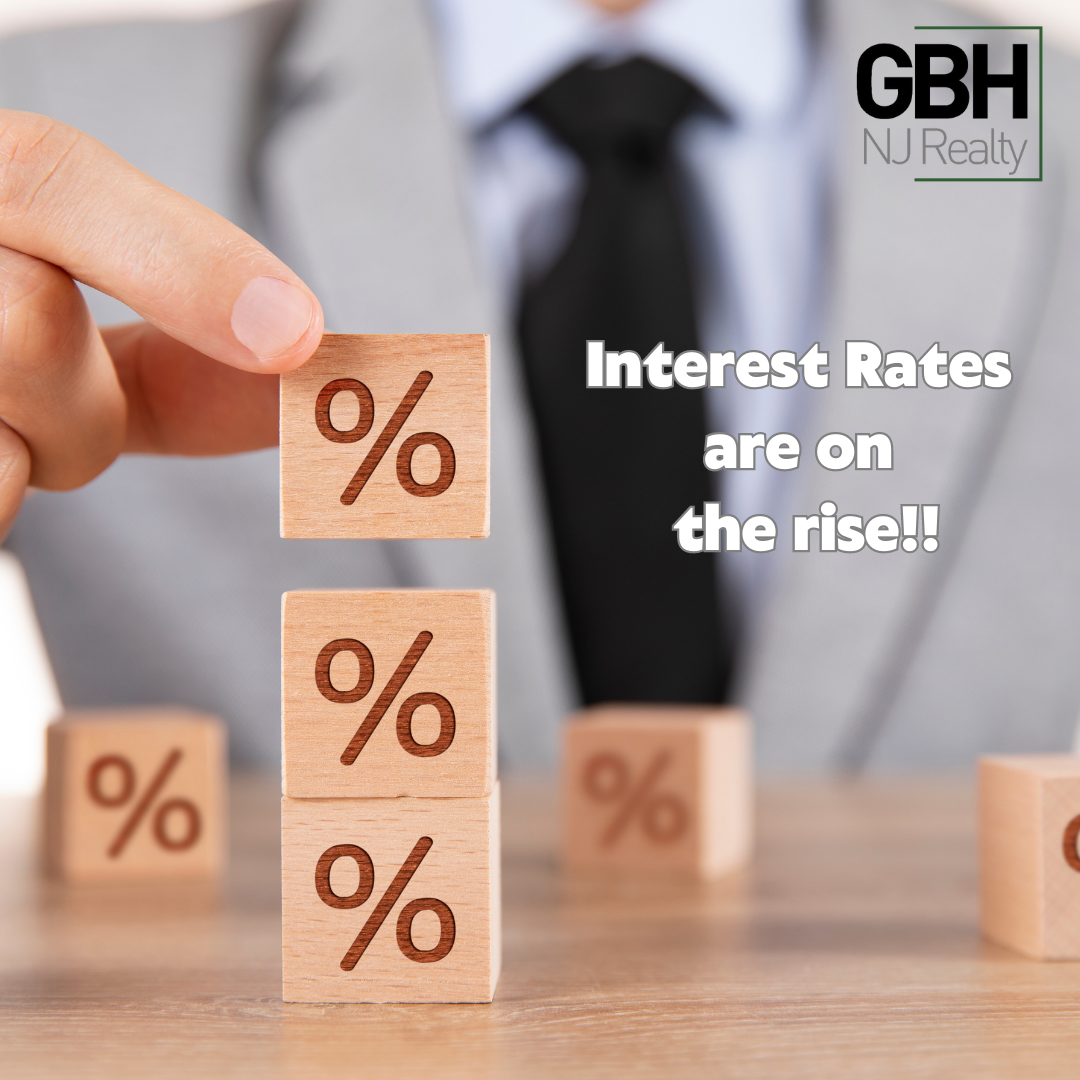
Washington, DC - After five consecutive weeks of declines, mortgage rates increased this week. According to data from Freddie Mac released on Thursday, the 30-year fixed-rate mortgage averaged 6.39% in the week ending April 20, up from 6.27% the previous week. A year ago, the 30-year fixed-rate was 5.11%. Freddie Mac’s chief economist, Sam Khater, said that “home prices have stabilized somewhat, but with supply tight and rates stuck above 6%, affordable housing continues to be a serious issue for many potential homebuyers. Unless rates drop into the mid-5% range, demand will only modestly recover.”
The average mortgage rate is based on mortgage applications that Freddie Mac receives from thousands of lenders across the country. The survey includes only borrowers who put 20% down and have excellent credit. Rates climbed up this week as 10-year Treasury yields climbed higher. As investors responded to economic indicators, bond yields ticked higher, taking mortgage rates with them.
Mortgage rates tend to track the yield on 10-year US Treasury bonds, which move based on a combination of anticipation about the Federal Reserve’s actions, what the Fed actually does, and investors’ reactions. When Treasury yields go up, so do mortgage rates; when they go down, mortgage rates tend to follow. Home buyers remain very sensitive to weekly changes in mortgage rates, and last week’s jump in mortgage rates led to a pullback in mortgage applications, according to Bob Broeksmit, CEO of the Mortgage Bankers Association.
MBA expects mortgage rates to fall to around 5.5% by the end of this year, but more housing supply is needed to improve affordability and meet demand. Last year’s persistent mortgage rate climb, combined with inflation and home price growth, led many buyers to retreat from the housing market. Although spring is typically a lively housing market season, this year is proving to be less energetic than previous ones, said Realtor.com’s economic data analyst, Hannah Jones. However, Jones added that buyer demand shows signs of improvement with each gain in affordability, and “housing demand remains largely stifled as many buyers wait on the sidelines until the cost of purchasing a home becomes more doable.”


